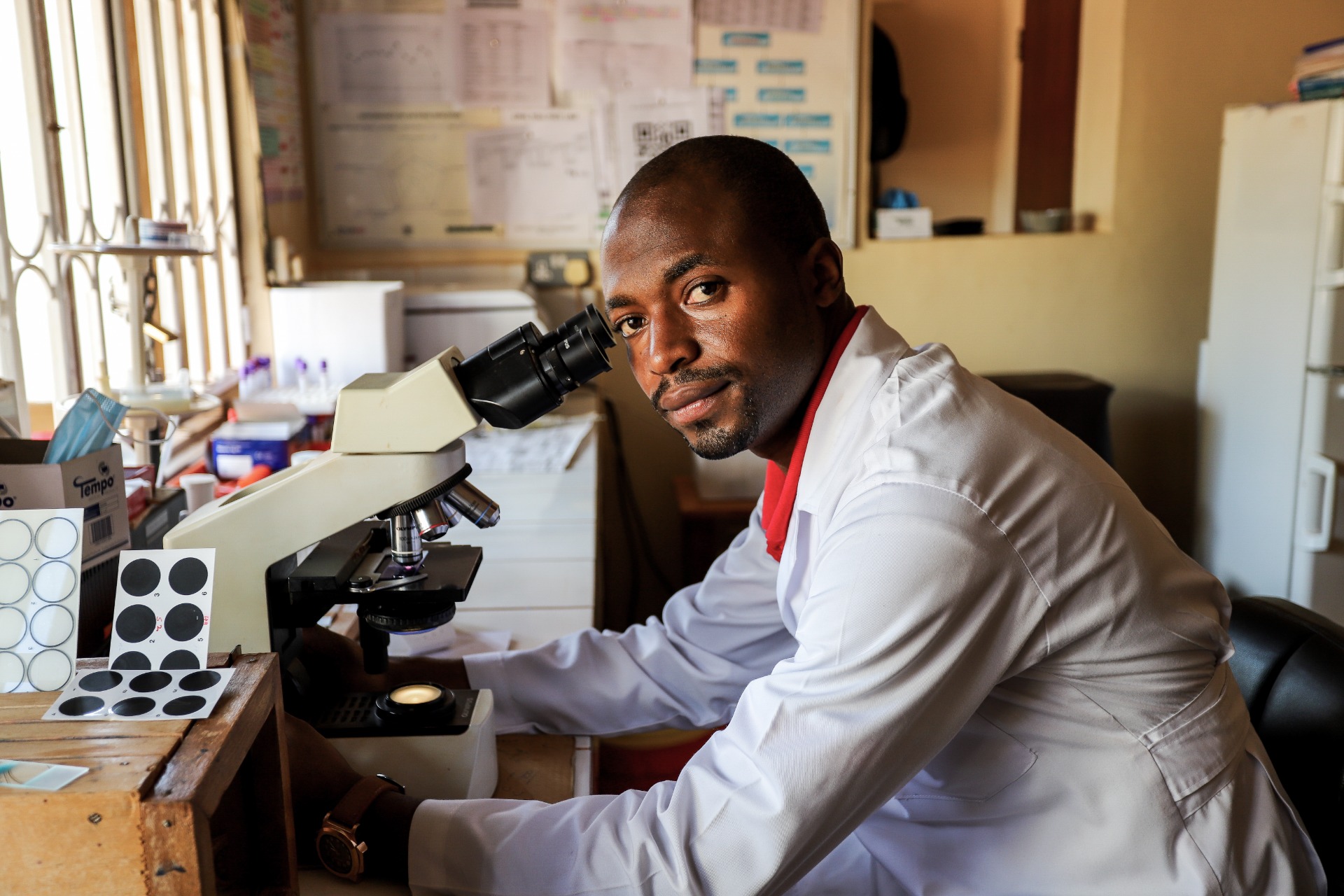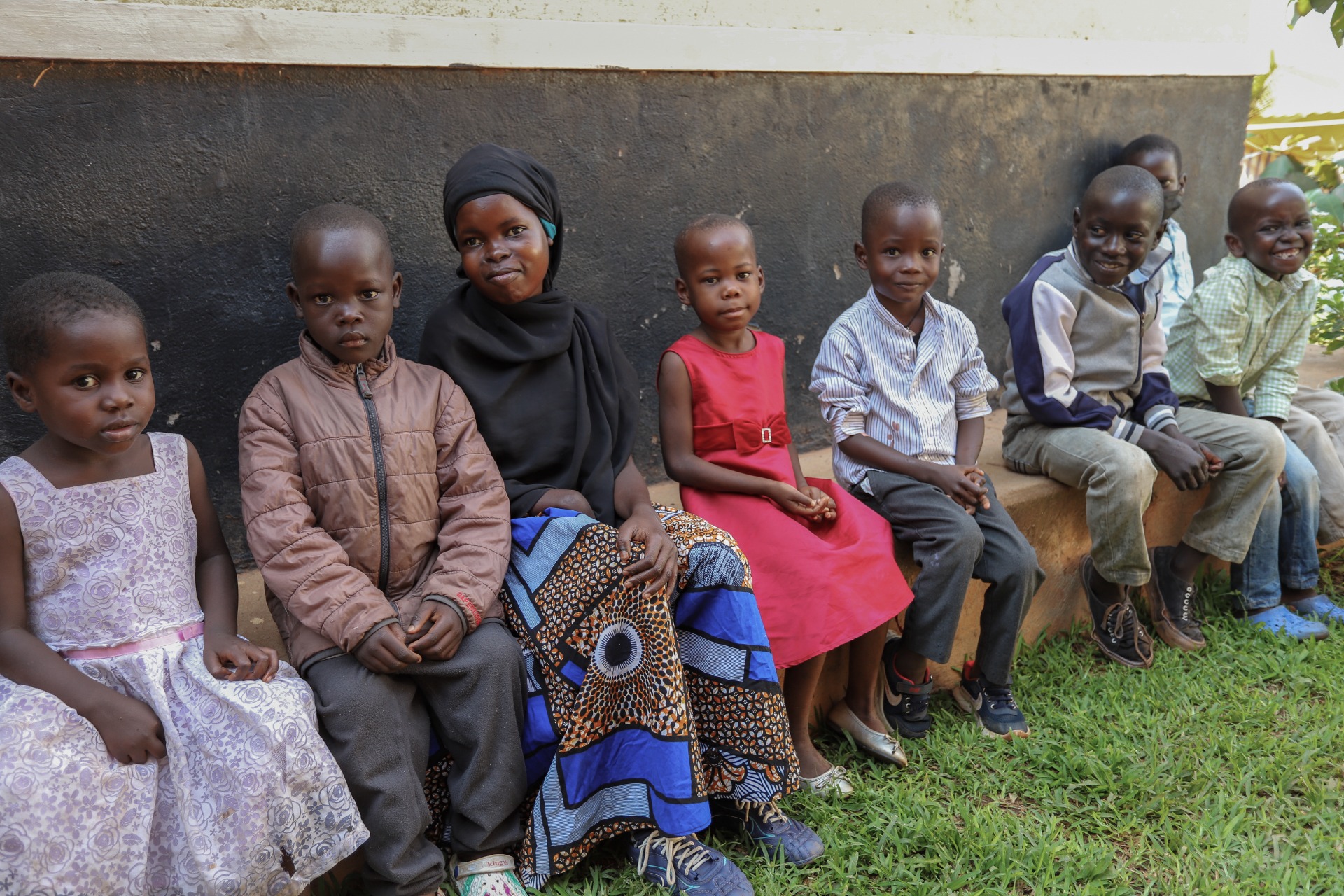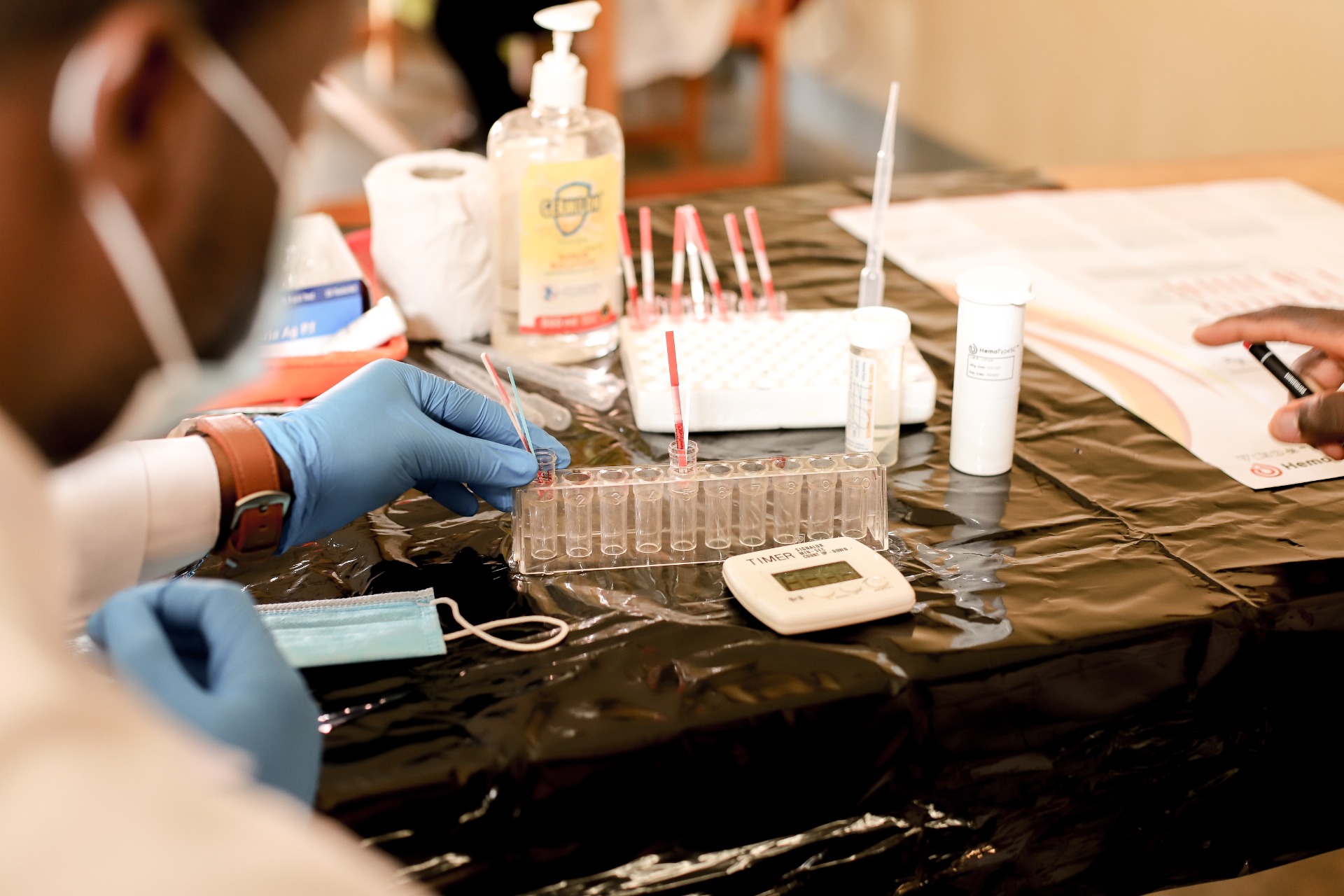What is sickle cell disease
Sickle cell anemia is a congenital disease of red blood cells. A healthy red blood cell has a round shape and thanks to its shape and elasticity it smoothly passes through small vessels and capillaries in the tissues to which it brings oxygen. In sickle cell anemia, the red blood cells change their shape, become rigid, hard, sticky and look like the letter C, or a small sickle. That's why we call them sickled red blood cells. Sickle-shaped red blood cells survive for a shorter period of time, which is why affected patients have a permanent lack of them - they suffer from permanent anemia. In addition, due to its shape and lack of elasticity, the sickle-shaped red blood cell can get "stuck" in narrow vessels and thus block the passage of blood and the supply of oxygen to the tissues. These repeated "blockages" of small vessels and tissue oxygenation disorders lead to repeated episodes of severe pain and long-term gradual organ damage. The most and first damaged organ is the spleen, which loses its proper function during the first year of life and looses its ability to protect the child from infections. Small blood vessels in the brain are often blocked resulting in a subsequent development of a stroke.
What causes sickle cell disease?
Sickle cell disease is an inherited disease, similar to how
people inherit different hair, skin or eye color; children are born with sickle
cell disease. It cannot be acquired by contact with a similarly affected
person, it is not an infectious disease.
How common is sickle cell disease in Uganda?
The occurrence of this congenital disease is closely related to the occurrence of malaria. The red blood cells of completely asymptomatic "carriers" or heterozygotes for sickle cell anemia (they have one healthy gene, one affected) are more resistant to malaria infection. The malaria parasites attack red blood cells, and the rigid cell wall of sickle cell carriers makes it difficult for them to penetrate the red blood cell. Since malaria affects up to 60% of Uganda's population, over thousands of years more and more individuals who carry this "protective" gene have survived. Currently, in some areas of Uganda (including the area where we work), up to 20% of the population is a carrier of this gene for sickle cell anemia - that is, up to 20% of the population are heterozygotes for sickle cell anemia. With such a high frequency of carriers in the population, it is common for two "carrier" parents to meet, and when the child is conceived, they have a 25% chance that their child will receive the "diseased" gene from both the father and the mother. Such a child, a so-called homozygote, will then develop the disease - sickle cell anemia.
In Uganda, the occurance of sickle cell disease is between 0.7 - 0.8% of the population - however, this means that approximately 25,000 children are born with sickle cell disease in Uganda each year. Unfortunately, up to 80% of them die within the 5 year of their lives from complications associated with sickle cell disease.

What are the most common complications of sickle cell disease?
Pain attacks also referred to as "pain crises"
Sickle-shaped red blood cells have difficulty passing through small capillaries and can cause a blocakge and stop blood flow through the vessel. The lack of blood supply to the tissue then leads to pain. During a painful crisis, pain most often appears in the bones, limbs, joints, abdomen or chest. The pain, which can start quite suddenly, can be mild or extremely severe, so much so that it requires the use of the strongest painkillers. The duration of the pain also varies, from tens of minutes to hours or days. Sometimes the pain is even permanent - chronic, which is psychologically very devastating. Pain can significantly affect normal daily activity or the ability to attend school. Virtually all individuals with sickle cell disease experience painful crises during their lifetime. Some have this crisis once a year, while others may have 10-20 attacks a year.
Infections
The most damaged organ in sickle cell anemia is the spleen. Already during the first years of life, the spleen, due to repeated blood supply disruption, becomes dysfunctional. Infections can be life-threatening and very typical are bacterial infections caused by pneumococcus (inflammation of the lungs) or meningococcus (inflammation of the meninges), which can be fatal. Therefore, it is essential that children with sickle cell disease are vaccinated against pneumococcus, receive a small daily dose of penicillin as a preventive measure (in the African region for the rest of their lives), and that all bacterial infections are treated promptly and adequately with antibiotics.
Severe course of malaria
Malaria affects a large part of the population in Uganda every year. The course of malaria in children with sickle cell disease can be very dramatic. Malaria quickly destroys red blood cells that these children already have in smaller quantities due to sickle cell anemia, and their numbers can decrease dramaticaly even futher, which can be acutely life-threatening. It is therefore essential that children with sickle cell anemia regularly take preventive antimalarial drugs (antimalarials) that reduce the risk of malaria infection. For any febrile condition, a test for the presence of malaria must also be carried out as soon as possible, and any infection must be immediately treated with antimalarial drugs.
Hand-Foot Syndrome
It is an attack of burning and redness of the palms and soles of the feet, often accompanied by fever. The cause is again the blockage of small vessels in the palms and soles of the feet.
Sight damage
As in other small blood vessels, sickled red blood cells can also block the flow of blood through the small vessels in the retina of the eye, leading to permanent damage and thus impaired vision. Repeated attacks can lead to loss of vision.
Acute Chest Syndrome (ACS)
Blockage of blood flow by sickle-shaped red blood cells in the small vessels of the lungs leads to a very serious condition known as "Acute chest syndrome" - a syndrome of acute chest pain. Symptoms are similar to severe pneumonia - there is severe chest pain, cough, shortness of breath and fever. This is one of the most serious complications that can be acutely life-threatening, and therefore requires treatment in a hospital.
Stroke
As a result of the same situation as in previous cases - a blood flow disorder due to blockage of small vessels - but this time in the brain, another very serious complication - a stroke - occurs. A stroke can occur in early childhood and leads to lifelong movement disability, but also disorders in the ability to learn.

How is sickle cell disease treated?
The basis of the treatment of sickle cell anemia is the treatment of pain when a painful crisis occurs, the prevention of infections (including the prevention of malaria) and the prevention of organ damage (especially eyes and brain). Therefore, there is no single uniform treatment for all patients - the entire range of drugs administered depends mainly on the symptoms of a particular child.
Every child must be vaccinated against pneumococcal, receive a constant low dose of antibiotics and antimalarial drugs to prevent bacterial infection and infection caused by malaria. When complications develop, intensive pain treatment (often with the strongest painkillers), antibiotic treatment (sometimes their direct intravenous application is required) and, if necessary, when there is a serious anemia caused by the short survival of sickled red blood cells, blood transfusion, the availability of which is very complicated in African countries..
In severe cases of sickle cell anemia, it is necessary to administer the only targeted treatment for sickle cell anemia - the drug HYDROXYUREA.
Hydroxyurea changes the composition of red blood cells, reducing the change in the shape of red blood cells into a sickle, which is the cause of their shorter survival and blockage of small vessels. When treated with hydroxyurea, the red blood cells are rounder, their survival is longer and their passage through the small vessels is improved, which is why they are not blocked as often or at all. Studies show that administration of hydroxyurea reduces the number of painful crises, reduces the risk of acute chest pain syndrome and stroke. It also reduces the need for blood transfusions.


